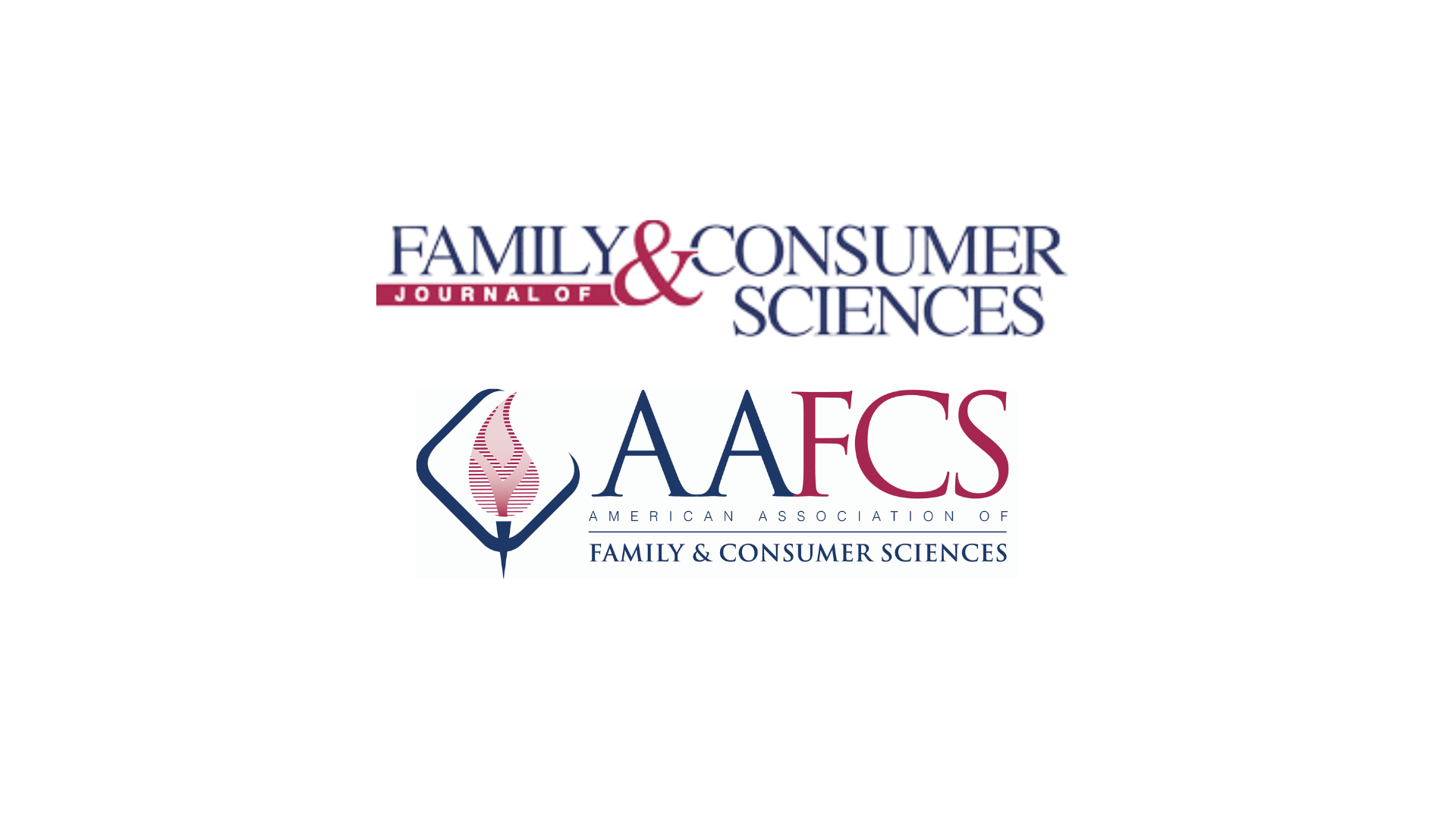
4 minute read
Scarcity vs. Abundance
In the early 1990s, about 65% of all Vietnamese children under age 5 suffered from malnutrition. Children mainly lacked protein and vitamins from vegetables. A group of researchers traveled to Vietnam to better understand the problem and implement a solution. During their research, they came across a village where the children were very healthy and did not suffer from malnutrition. It was a village similar to the others in terms of socioeconomic status and resources. Traditionally, the mealtime ritual was to serve the children first. With soup being the common meal, the serving was ladled from the top of the pot containing mostly broth. In the village where the children were healthy, the soup was first stirred so the ladle contained nutrient-rich ingredients that usually sunk to the bottom of the pot. This simple act of stirring the soup resulted in a village of healthy, nourished children. The resources were used differently.
At the AAFCS 2022 Annual Conference in Orlando, I challenged members to be the change they wanted to see in the world. This meant reflecting on how we, as individuals, could either make a personal change or take action to make a change where we felt it was needed. This year I have been able to attend numerous meetings, as both a facilitator and guest. Not only have I met many new people, but I also have been able to listen about why family and consumer sciences (FCS) is important to them. By listening, I have learned that we all care about the profession and are concerned that others don’t understand its value.
During those conversations, I heard solutions identified, and actions proposed. Some were new ideas, some were the same arguments that have been repeated for many years. Even though we want the profession to thrive, not everyone is willing or ready to be the change, or stir the soup. It is easy to blame funding, program cuts, low salaries, and other factors for the decline in FCS jobs. It is also easy to blame Gen Z, Millennials, and other generational groups for a lack of engagement and commitment. The argument that there are too many specialized professional organizations that compete for membership doesn’t always hold up.
What would AAFCS and the FCS profession look like if we viewed it from abundance rather than scarcity? Even though programs have been eliminated, there are still many thriving programs at both secondary and post-secondary levels. Professionals working in specialized areas are active members of AAFCS. There are so many member benefits that one member would have a hard time accessing and participating in all of them. Financially, AAFCS is strong.
Members can utilize the Journal of Family & Consumer Sciences, the Annual Conference, communities, Affiliate Annual Conference, awards program, Elevate FCS, and FCS Day to showcase, evaluate, learn, and share what we do. One of our most valuable resources is our members. We can form collaborations with businesses that want our expertise to promote their products and educate their customers. Instead of putting young, new professionals in a generational category, have a conversation with them to learn and understand their needs. Hear what they have to say. We can capitalize on our specialized professions by learning from each other and collaborating.
Let’s focus on what we have with AAFCS: the many member benefits, the great professional development opportunities, the hardworking staff, the history of FCS, and a commitment to improving the lives of individuals, families, and communities. I challenge you to continue being the change that you want to see in the world.











